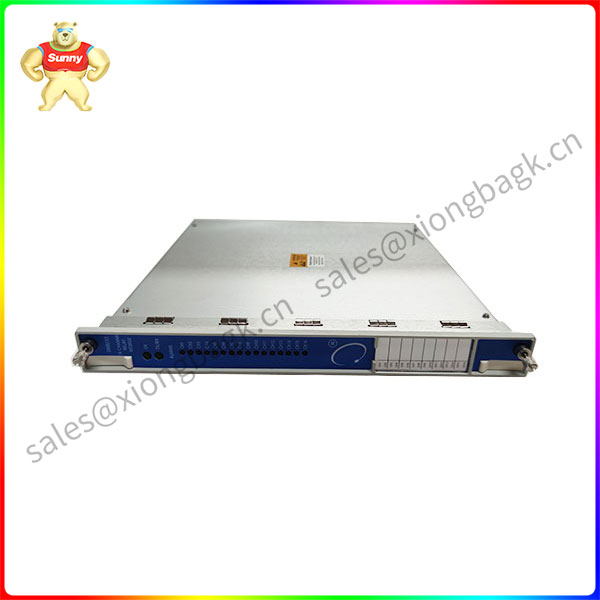In recent years, board power module products have shown an explosive development trend, and its advantages of high integration and compact size have attracted more and more end customers to choose. More and more application types and more and more complex use scenarios also pose higher challenges to power module products. How to achieve optimal performance? How to improve the user design experience? How to enhance reliability? All kinds of sharp problems, prompting IC power supply manufacturers continue to pursue control strategy optimization, process optimization, design structure optimization. MPS has its own unique understanding and technical precipitation in power module product design, and this has driven the rapid growth of power module product delivery.
What is a board level power module? The answer seems to be very simple: the passive devices such as resistance, capacitance, and sensing are packaged together with the power IC to form a whole, which is a typical board level power module. However, can such a simple assembly of a single IC combined with a passive device into a power module fully unlock the performance potential? This problem is worth thinking about power supply manufacturers. Let’s first focus on power module applications, and even extend to some of the pain points that exist in board level power applications:
AI, data computing and other applications, the need for more current capacity, higher power density solutions;
More compact assembly space, more demanding heat dissipation conditions, resulting in products in the pursuit of smaller volume and better heat dissipation is difficult to choose between;
The more and more complex system makes the number of power supply rails increase sharply. How to better distribute the board, sort out the complex power layer, optimize the power timing control, and optimize EMI problems also make hardware engineers headache;
In order to reduce the difficulty of supply chain management, the call for material normalization is increasing day by day.
Power module intelligent, digital trend is obvious, such as intelligent current sharing, intelligent parallel, online monitoring and other functions, gradually become a complex system power supply design needs.
In the face of these pain points in hardware design, the advantages of multi-channel digital power modules are becoming more and more obvious. In addition to meeting the customer’s regular “small size” needs, its “efficient heat dissipation, scalability, compatibility, intelligence” and other characteristics can bring unprecedented convenience to the actual hardware design. Let’s take a look at the technical details of how MPS makes modules small and good.
High power density and 3D packaged multiway modules
3D packaging greatly reduces the board area and effectively improves the layout density;

Flexible and convenient multi-channel parallel mode, a single input source can reduce the complexity of the layout and further reduce the line loss;
The parallel function increases the output capacity of the module, makes the circuit work in the multiphase interleaving state, and reduces the switching loss of the module
MPM54322 and MPM54522 are two excellent 3D package power modules with high power density. MPM54322 supports dual 3A, parallel to achieve 6A output; MPM54522 can support dual 6A, parallel to achieve 12A output. The extremely small sizes of 5mmx5.5mm and 5mmx6.5mm allow these two modules to play a big role in application scenarios such as AI acceleration card power supply and optical module PCB layout space is extremely small.
Multiple power modules optimized for heat dissipation
Special 3D package, the low body temperature, good thermal conductivity of metal powder inductors installed on top of the wafer. The high thermal conductivity of the inductance core can effectively help the wafer heat dissipation, thus eliminating the heat dissipation bottleneck in the entire module, making the whole module heat evenly and reducing the heat dissipation pressure at the system level. On this basis, the 3D packaging of a single multi-output PMIC wafer with multiple inductors can further push the heat dissipation advantage to the extreme.
For high-current products, adding heat dissipation parts with high thermal conductivity to the internal wafer of the module is also an effective way to eliminate the heat dissipation bottleneck of the wafer.
MPS’s ultra-compact 20A power module MPM54524 is a prime example of optimized thermal design. It comes in an ECLGA package with a compact volume of 8mmncy is greater than 90%, and the peak efficiency can reach 92.3%. In addition, the module can support four single-phase 5A output, or two-phase parallel output two 10A, can also support three-phase parallel 15A and four-phase parallel 20A, greatly reducing the switching loss in medium and high current application scenarios.
A power module with multiple outputs and intelligent load distribution
In the hot-swap operation of some boards or other system components, there is often a headache scenario: because the uncertainty of the power supply load in the hot-swap components from different suppliers is too large, the front power supply system has to add more passive devices to support different load requirements. Let’s look at the traditional design of optical module port power supply in the switch:
 中文版
中文版




